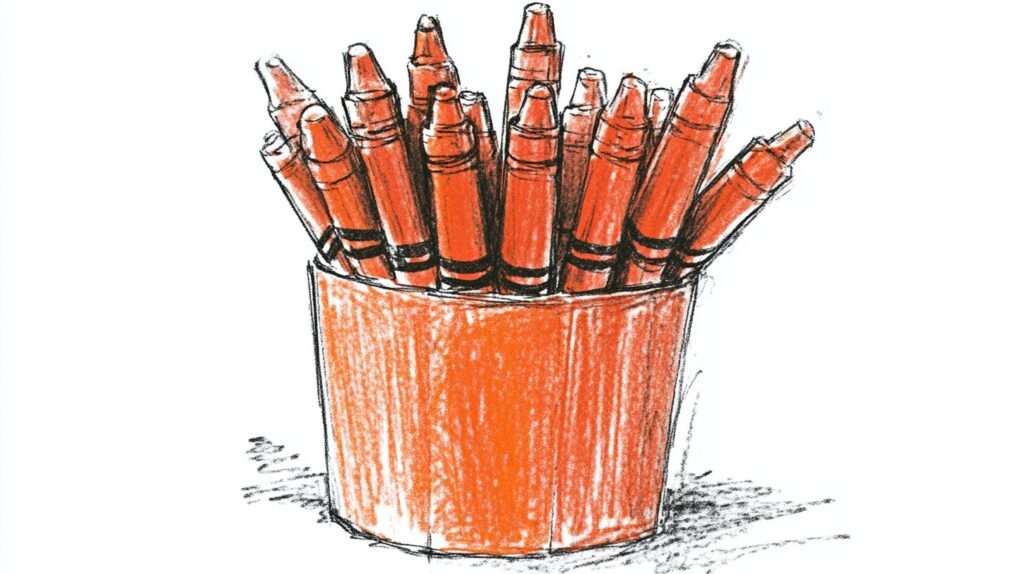AI is getting better every day.
But not at everything.
It’s getting better at tasks—especially the kind that show up often, follow a pattern, and live inside a box.
Like diagnosing infections.
Like transcribing meetings.
Like writing boilerplate text or balancing spreadsheets.
AI’s strength is the known world.
Predictable input.
Finite outcomes.
Clear rules.
Chess is a perfect example.
From the outside, it looks infinite—so many possible moves.
But the rules never change.
Every piece behaves the same way.
And that’s all the machine needs.
AI doesn’t get bored.
It doesn’t get distracted.
It doesn’t ask why you want to play in the first place.
It just learns the game—and beats you at it.
If your creative process is just a different version of that game—
if you always follow the formula,
if your content looks like everyone else’s,
if you use the same structure, same prompt, same outcome—
then yes, AI will catch up.
Then pass you.
That’s not a warning.
That’s a mirror.
The more predictable your work becomes, the easier it is to replicate.
The easier it is to replace.
So your job now is to do the opposite.
Make your work harder to label.
Make it harder to train against.
Put something unexpected into the system.
Ask a weirder question.
Use a tone no machine would guess.
Show your seams.
Tell your truth.
Not because AI can’t mimic it today—
but because AI wasn’t trained on your edge.
The safest move isn’t to compete with the machine.
It’s to design work that’s not easily templated in the first place.
If you enjoyed this post, please consider sharing it with someone else who might too–the buttons below can help.
Thank you!




